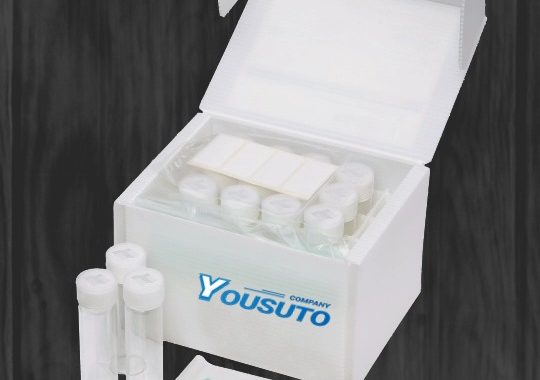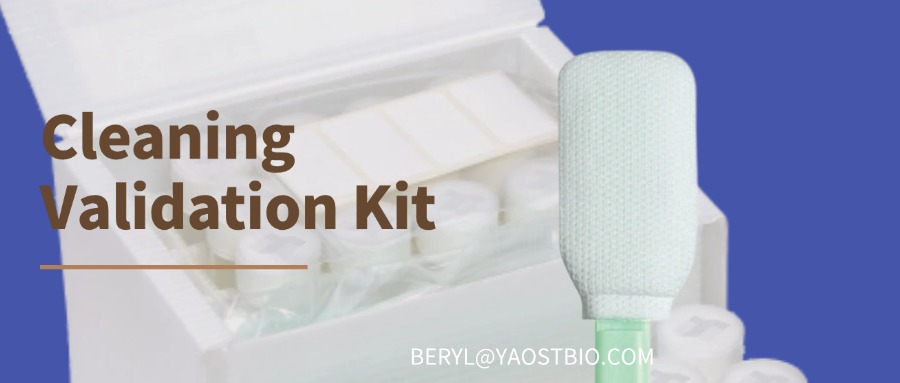Total Organic Carbon (TOC) is a crucial parameter for measuring organic content in water or other liquids. It is widely used in industries requiring high purity, such as pharmaceuticals, semiconductors, and ultrapure water systems. In TOC testing, if TOC release is too high, it often indicates organic contamination, which can impact production processes, product quality, and even the accuracy of laboratory results.
So, what causes high TOC release? How can we control and reduce TOC levels? This article provides a detailed analysis.
1. Common Causes of High TOC Release
1.1 Material Leaching
When water or solvents come into contact with certain materials, organic substances or additives from these materials may leach out, leading to increased TOC levels. Common materials that may cause this include:
- Plastic packaging bags (e.g., PE, PP, PVC): These may contain plasticizers, antistatic agents, and other organic additives that can be released into the liquid.
- Rubber and sealing rings: These often contain plasticizers or lubricants that can dissolve in water.
- Resins and coatings: Some coatings in water treatment equipment or pipelines may release organic compounds over time.
1.2 Residual Cleaning Agents or Chemical Reagents
If cleaning agents are not thoroughly rinsed from equipment or containers, residual surfactants or organic solvents may contribute to high TOC levels. Common sources include:
- IPA (Isopropanol) or ethanol used in cleaning, which, if not properly removed, can elevate TOC.
- Detergents and improperly rinsed deionized water, which may leave organic residues behind.
1.3 Equipment or Pipeline Contamination
TOC release can also be influenced by the material and cleanliness of pipes and storage equipment, particularly in ultrapure water systems. Potential sources include:
- Sealing materials in stainless steel pipelines, where certain sealing compounds may gradually release organic substances.
- Old pipes or storage containers, which may have adsorbed organic compounds that later get released into the liquid.
1.4 Issues with Filtration Systems
- Contaminated or aged filters: Filters in ultrapure water systems, such as activated carbon filters, RO membranes, and ion exchange resins, can release accumulated organic contaminants if not replaced or cleaned on time.
- Filter material leaching: Some low-quality filter materials may themselves release organic compounds, raising TOC levels.
1.5 Environmental Contamination and Airborne Organic Compounds
If the cleanliness of the testing environment is inadequate, airborne organic pollutants can affect TOC readings. Examples include:
- Volatile Organic Compounds (VOCs) from lab air, such as those from perfumes, adhesives, paints, or solvents, which may elevate TOC levels.
- Operator contamination, where skin oils, sweat, or fibers from clothing introduce organic contaminants into the test samples.
1.6 High Temperatures or Long-Term Storage
Temperature increases and prolonged storage can accelerate material degradation and increase TOC release. Examples include:
- High-temperature sterilization, which may cause some plastic containers to release organic compounds.
- Extended storage of water samples, which may lead to microbial growth, increasing TOC content.

2. How to Control and Reduce TOC Release?
To address the factors contributing to high TOC release, consider the following control measures:
2.1 Choose Low-TOC Materials
- Use additive-free, plasticizer-free plastic bags, such as ultrapure water-grade PE/PP materials.
- Opt for low-leaching sealing materials, avoiding rubber or coatings prone to organic release.
- Use high-purity glass or stainless steel containers to minimize contamination risks from plastics.
2.2 Ensure Thorough Cleaning
- Rinse equipment and containers thoroughly with ultrapure water before use to remove residual cleaning agents.
- Use proper cleaning methods (e.g., acid washing or ultrasonic cleaning) to eliminate organic residues.
- Regularly replace filters and filter cartridges to prevent contamination buildup.
2.3 Maintain a Controlled Laboratory Environment
- Ensure clean lab air, avoiding organic solvent vapors, perfumes, or sprays that could impact TOC results.
- Use cleanroom gloves to minimize contamination from skin contact.
- Employ laboratory equipment designed for cleanroom standards to minimize environmental contaminants.
2.4 Monitor and Optimize Water Treatment Systems
- Regularly clean and maintain pipes and storage tanks to prevent the accumulation of organic contaminants.
- Use low-TOC ultrapure water system components to reduce contamination sources.
- Monitor and optimize filtration systems to ensure filter materials do not contribute to TOC levels.
2.5 Proper Water Sample Storage and Testing Procedures
- Avoid high-temperature storage, as lower temperatures help reduce organic compound degradation.
- Minimize sample storage time to reduce microbial contamination risks.
- Use certified TOC testing equipment to ensure accurate and reliable results.

